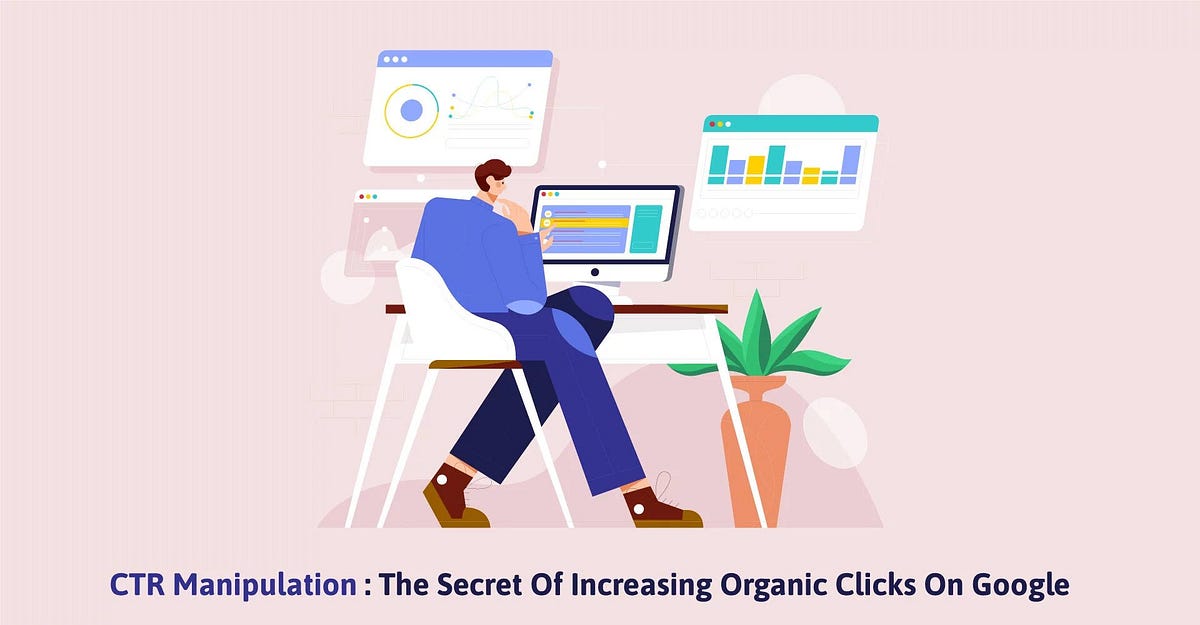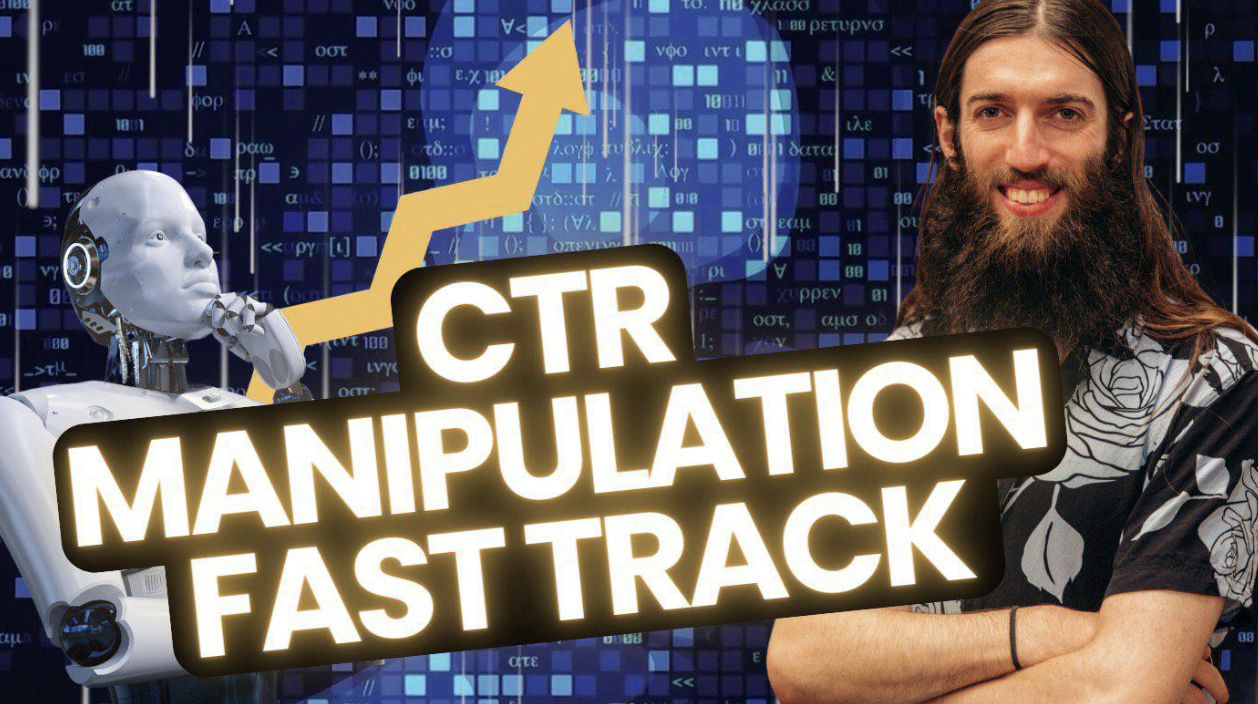Achieve Top Rankings: Advanced CTR Manipulation Techniques
In the competitive landscape of electronic marketing, grasping sophisticated CTR control methods is essential for businesses intending to protect leading rankings on internet search engine results web pages. The ability to strategically enhance click-through prices via tailored meta descriptions, rich snippets, and schema markup can dramatically impact a website's presence and individual involvement. By diving into these innovative methods, online marketers can unlock the possible to exceed rivals and bring in useful organic traffic. However, just like any kind of advanced method, the crucial depend on the execution and constant adaptation to remain in advance in the ever-evolving electronic realm.
Comprehending CTR and Its Effect
Understanding Click-Through Price (CTR) and its impact is important for maximizing electronic marketing projects properly. CTR is an important metric that determines the portion of clicks a advertisement, email, or web link obtains based on the number of impressions it produces. A high CTR shows that a substantial portion of individuals who watched the material found it engaging enough to click via, showing its significance and beauty to the target market.
CTR plays a vital function in identifying the success of electronic advertising and marketing initiatives. CTR Manipulation Service. A greater CTR not just drives more website traffic to an internet site but additionally indicates online search engine that the web content is beneficial and appropriate to customers, potentially bring about enhanced positions. It is a sign of just how well a campaign reverberates with the desired audience and can supply insights into customer behavior and choices
Crafting Compelling Meta Summaries
To boost click-through prices and involve potential visitors successfully, mastering the art of crafting engaging meta descriptions is critical in electronic advertising and marketing methods. Meta descriptions are the short bits of message that show up below the title of a page in online search engine outcomes. They act as a concise summary of what the web page is around, luring users to click via to the web site. When creating meta descriptions, it is critical to keep them in between 150-160 characters to ensure they are fully presented in search outcomes.
A compelling meta summary ought to consist of appropriate key phrases to improve visibility and attract the target audience. It must also communicate the unique worth proposition of the web page, highlighting essential advantages or info that make it stand out. Using action-oriented language, such as "Discover," "Discover," or "Shop," can motivate users to act and click through. In addition, integrating a feeling of urgency or creating a feeling of interest can further entice users to see the internet site. Crafting well-written, compelling meta summaries can considerably impact click-through rates and improve the overall effectiveness of digital marketing projects.
Leveraging Rich Bits for Visibility

When search engines display rich snippets in the search results, they stand out visually from routine listings, attracting even more attention from users. By offering search engines with organized and rich information, web sites can enhance their chances of showing up prominently in search outcomes and drawing in more natural traffic.
A/B Testing Title Tags for Optimization
Executing A/B testing on title tags can substantially enhance the optimization of website web content for enhanced efficiency. A/B screening entails developing 2 variations of a title tag and showing them to different segments of web site site visitors to identify which variation carries out better in terms of click-through prices (CTR) and ultimately, online search engine rankings. By evaluating various variations of title tags, web site proprietors can gather valuable insights into what kinds of titles reverberate finest with their target audience. This data-driven method enables the optimization of title tags important site based on genuine customer habits, bring about increased exposure and higher CTR.
With A/B testing, site proprietors can experiment with various components in their title tags such as size, tone, keywords, and call-to-action expressions. By evaluating the performance metrics of each variant, they can determine one of the most efficient title tags that drive one of the most clicks and engagement. This repetitive procedure of screening and refining title tags can assist web site owners continually enhance their search engine optimization strategy and remain ahead of rivals in internet search engine results pages.
Harnessing the Power of Schema Markup

Additionally, schema markup can also help search engines show web content in a much more visually appealing and organized fashion, possibly enhancing the click-through rate (CTR) of a web site. This organized information not just benefits search engines in comprehending the context of the material however also enhances the customer experience by providing information in an extra digestible style. Consequently, using the power of schema markup is a useful strategy for boosting a website's presence and attracting even more natural web traffic (CTR Manipulation Press Release).
Final Thought
Finally, grasping sophisticated CTR adjustment techniques is essential for attaining leading rankings and driving even more website traffic to your site. By recognizing the influence of CTR a fantastic read on online search engine rankings and customer interaction, companies can craft compelling meta summaries, utilize abundant snippets, conduct A/B screening on title tags, and harness the power of schema markup. These techniques not just improve visibility in search results yet also supply important insights into customer actions, assisting businesses draw in organic web traffic successfully.
A greater CTR not just drives even more website traffic to a web site yet also indicates search engines that the material is appropriate and useful to individuals, potentially leading to improved positions.When search engines present abundant fragments in the search results, they stand out visually from normal listings, bring in more attention from individuals. By giving search engines with organized and abundant data, internet sites can improve their chances of appearing prominently in search outcomes and attracting even more natural web traffic.
